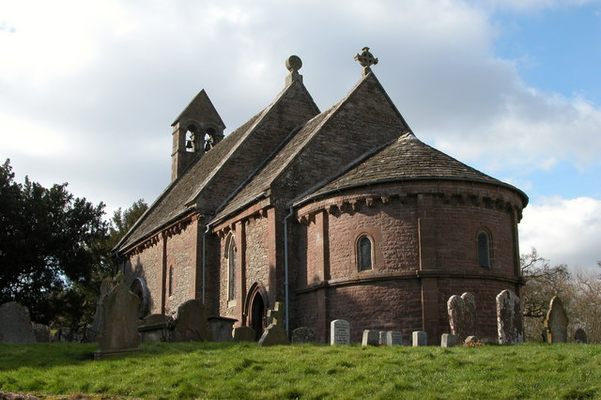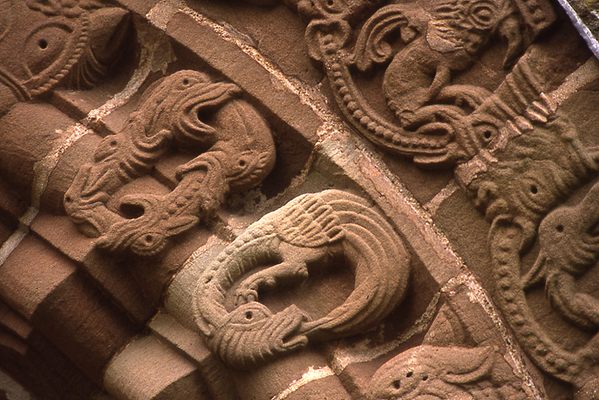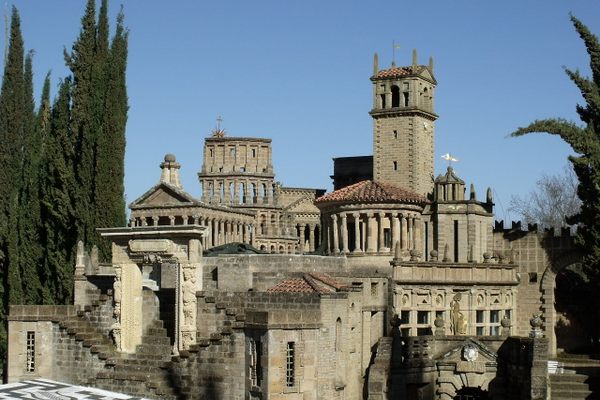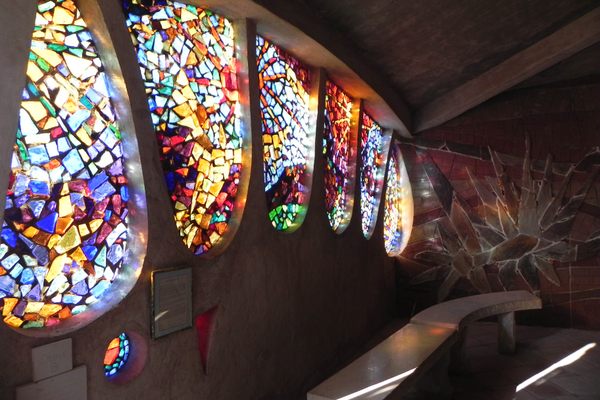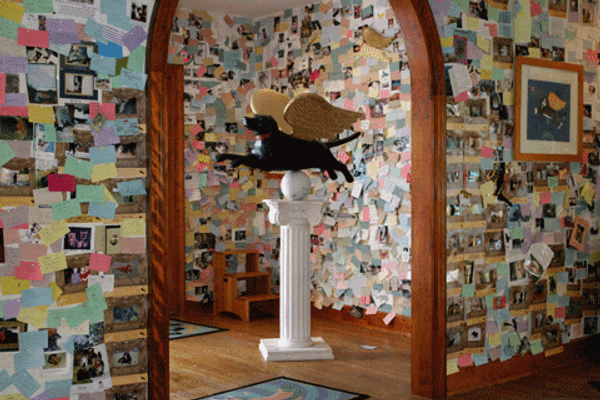About
The modest architecture of the Church of St. Mary and St. David in Herefordshire, England hides some extraordinary carvings: twisting snakes and mysterious beasts, rams and lions, hours and hares, and one gruesome little gargoyle, displaying her outsized genitals to the world.
What seems like a truly bizarre details in church ornamentation was not are rare as it might seem. They are often known as "Sheela na gigs" and they can be found throughout Europe if one knows where to look.
The church was built in the 12th century and shows fairly typical Norman architecture. The red sandstone around the doors and windows were decorated with detailed carvings. They are beautiful in their own right, but made more wonderful by the mere fact of their survival - carvings similar to these ones were sought out and destroyed during the English Civil War, so few examples remain in such good repair and in their original locations.
The carvings depict common motifs of plans and animals, with a tree of life above one door, and a myriad of creatures along edges.
The Sheela na gig is somewhat mysterious. Found in Ireland and England, and in a few locations elsewhere in Europe, they have been considered lucky charms, warding off evil, while others speculate that the carvings may pay homage to earlier fertility symbols. Even the name is mysterious, with the most common theory being that it evolved from the Old Irish "Sighle na gCíoch", meaning "old hag with the breasts" - but as most Sheela na gigs do not actually have breasts, it may not be quite right. Other examples can be seen at the monastery of San Pedro de Cervatos in Cantabria, Spain, and at the Roundtower in Rattoo, Ireland.
Related Tags
Published
January 30, 2014
